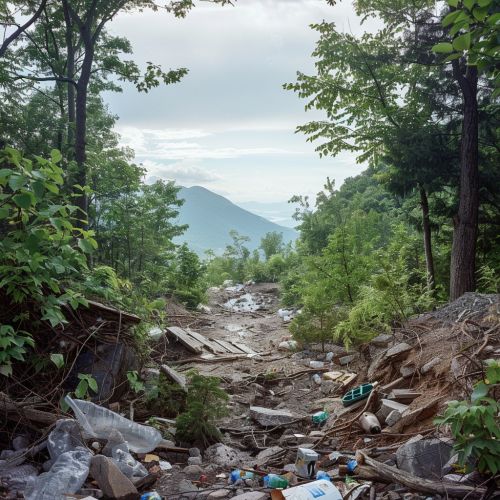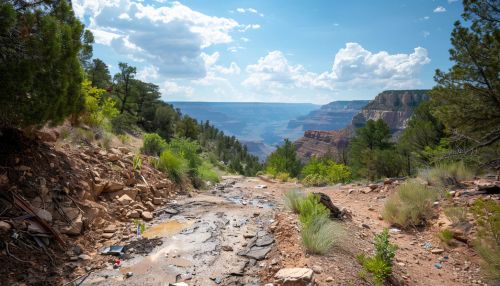National Parks in the United States
Overview
The National Parks of the United States are protected areas overseen by the National Park Service, an agency of the United States Department of the Interior. These parks are established by an act of the United States Congress to preserve the natural beauty, unique geological features, unusual ecosystems, and recreational opportunities of the area.
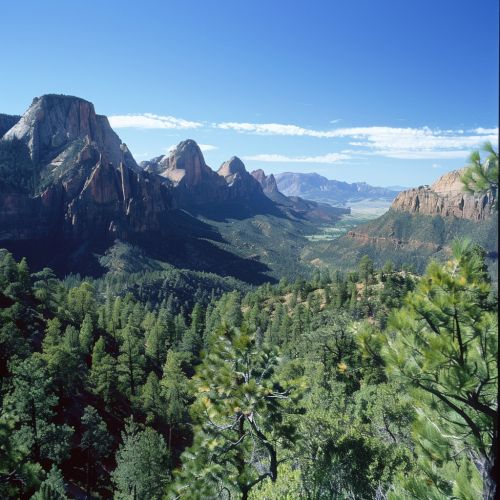
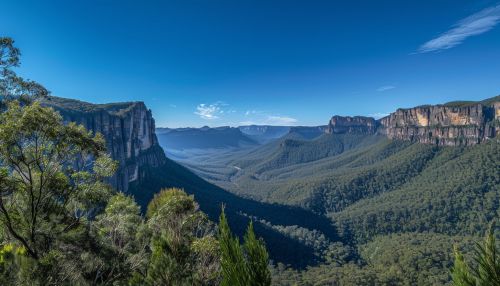
History
The concept of national parks in the United States can be traced back to the establishment of Yellowstone National Park in Wyoming, in 1872. It was the first national park not only in the U.S. but also in the world. The establishment of Yellowstone was followed by Sequoia National Park and Yosemite National Park in California, which were established in 1890.
Legislation and Administration
The National Park Service Organic Act of 1916 created the National Park Service, a federal agency within the Department of the Interior, to manage all national parks and monuments. The Act mandates the agency to "conserve the scenery and the natural and historic objects and the wild life therein and to provide for the enjoyment of the same in such manner and by such means as will leave them unimpaired for the enjoyment of future generations."
Classification
National Parks in the United States are classified into several categories: National Parks, National Monuments, National Preserves, National Historical Parks, National Historic Sites, National Battlefield Parks, National Memorials, and National Recreation Areas.
Notable National Parks
There are 63 national parks in the United States, each with its unique characteristics and attractions. Some of the most notable ones include:
- Yellowstone National Park: Known for its geothermal features, such as the Old Faithful geyser, and its diverse wildlife, including grizzly bears, wolves, and herds of bison and elk.
- Yosemite National Park: Famous for its granite cliffs, waterfalls, clear streams, giant sequoia groves, and biological diversity.
- Grand Canyon National Park: Renowned for its visually overwhelming size, intricate and colorful landscapes, and the Colorado River that carves its way through the canyon.
- Sequoia National Park: Home to the world's largest tree, the General Sherman tree, and the breathtaking Giant Forest.
- Everglades National Park: The largest subtropical wilderness in the United States, known for its rich wildlife, including rare and endangered species like the manatee, American crocodile, and the elusive Florida panther.
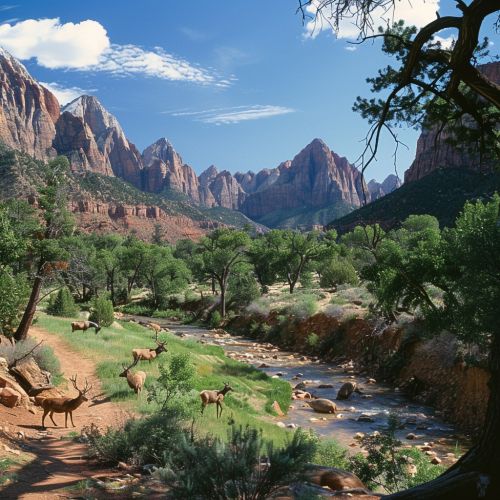
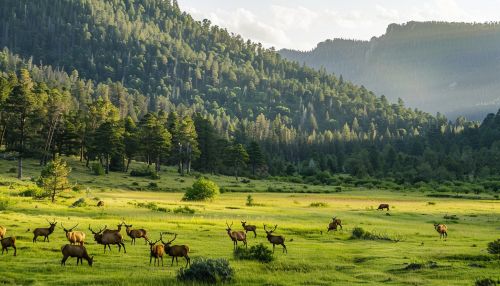
Conservation Efforts
The National Park Service has implemented various conservation programs to preserve the natural and cultural resources within the parks. These include the Natural Resource Challenge, which aims to inventory and monitor all park ecosystems to ensure their preservation, and the Cultural Resource Challenge, which seeks to protect and preserve historical and cultural assets within the parks.
Tourism
National Parks in the United States attract millions of visitors each year. They offer a wide range of recreational activities, including hiking, camping, wildlife viewing, boating, fishing, and winter sports. The National Park Service also provides educational programs and exhibits to enhance visitor understanding and appreciation of the parks.
Challenges
Despite their protected status, U.S. National Parks face several challenges, including climate change, air and water pollution, invasive species, and increasing visitor numbers. The National Park Service is continually working on strategies and initiatives to address these issues and ensure the long-term preservation of these national treasures.
